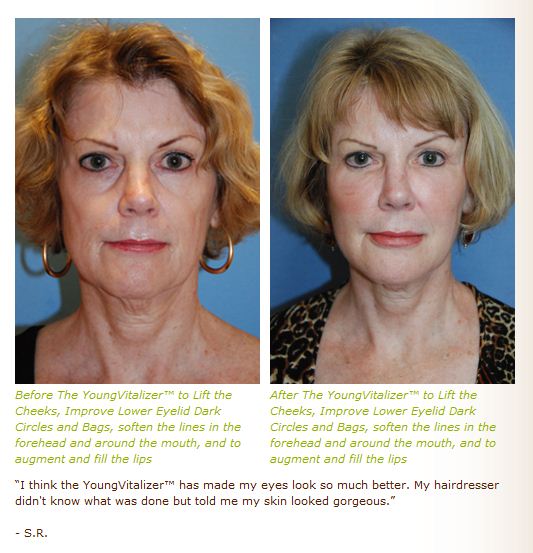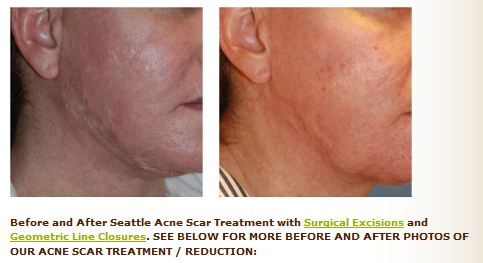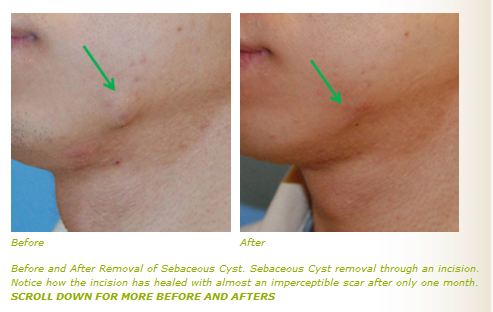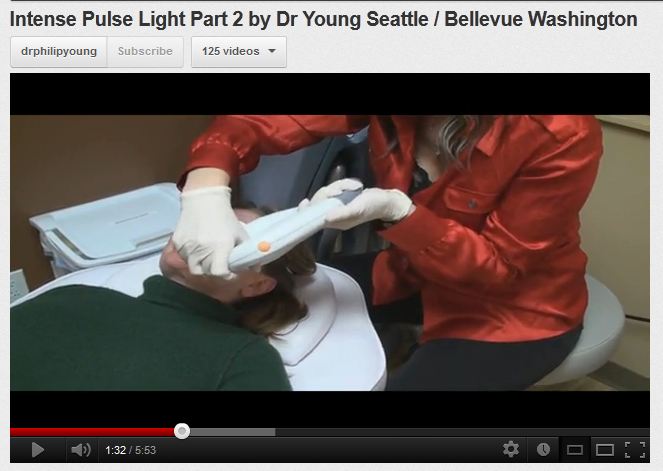by Bellevue | Seattle’s Dr. Philip Young | Aesthetic Facial Plastic Surgery:
I had the Vitalize peel a couple of weeks ago and I must say that I LOOOVVVVEEEEE my skin afterward. The Vitalize Peel is from SkinMedia and is indicated for people with mild to moderate conditions of pigmentation irregularities, fine lines, wrinkles, superficial scarring, and acne. The best thing about this peel is that it is suitable for all skin types. Generally, peeling will last for about 2-3 days. When I had the peel, I stayed inside for 2 days because I was peeling so much. My recommendation for people who are interested in getting this peel is that you do it on Thursday. You’ll look fine on Friday and the peeling doesn’t occur until the second day. Enjoy a nice weekend inside and look great on Monday. When I had the peel, I did it on a Friday and I started peeling on Saturday night. By Sunday afternoon, I think half of face peeled off. Most of the peeling was done by Monday morning but you could seeing where the skin was peeling along the hairline and down underneath my chin/jaw. Luckily for me, I’m short so the peeling along the jaw/chin wasn’t that noticeable by anyone and my hair was able to cover the peeling along the hairline. All of the peeling was completely gone by Thursday night and my skin looked amazing by Friday morning. See our page on Skin Care and Intense Pulse Light.
To begin the peel, the skin should be clean of any makeup. A prepping solution will be applied to the skin (which has a strong smell of acetone to it so just a warning for noses in advance). The solution which causes the peeling will then be applied to the skin for a couple of minutes. A neutralizing solution will be placed afterwards. You might experiencing a slight stinking sensation but using the fan will really help! That’s pretty much it, quick and easy…
A couple of things to keep in mind:
– Since retinoic acid was used during the treatment, your skin will have this yellow tint to it. This will fade in about 1-2 hours. Remember not to wash your face until the yellow tint is gone or wait until the evening (usually this is about 3-4 hours later).
– The solution applied to the skin has a time releasing component to it, which means that it will not start to peel until about 48 hours later.
– Use SPF 30 or above for about a week and avoid direct sunlight. Since we’re in the Great Seattle area and it’s almost winter now, you don’t have to worry so much about the direct sunlight. Just remember to wear SPF 30. Try getting into the habit of always wear SPF, it protects the skin. You’re investing time and energy for beautiful skin so don’t ingore this very important step in your skin regiment.
– You’re skin will be a little bit red during this time which is normal.
– DO NOT PICK OR PULL AT THE SKIN. I will not lie and admit that I am guilty of doing this a couple of times but try to reframe from yourself from doing this. Just let the peel do its job. You’ll have fabulous skin in no time. =)
SkinMedic has two other peels, a lighter one and a deeper one compared to the Vitalize Peel. I recently tried the deeper one and I must say I don’t think I like it as much as the Vitalize Peel. I peeled wayyyy tooooo much. I think the deeper one is good for doing a maintenance peel every couple of months but doing this peel after the Vitalize Peel was too much for me personally. My skin has slight pigmentation and acne scarring. However, keep in mind that everyone has different skin so just because I say that it was too much for me, it could be different for you. Darci is our wonderful esthetician and she can help you determine which route/course of treatment is better for you.
Thanks for reading, Dr Young
Dr Young specializes in Facial Plastic and Reconstructive Surgery and is located in Bellevue near Seattle, Washington



